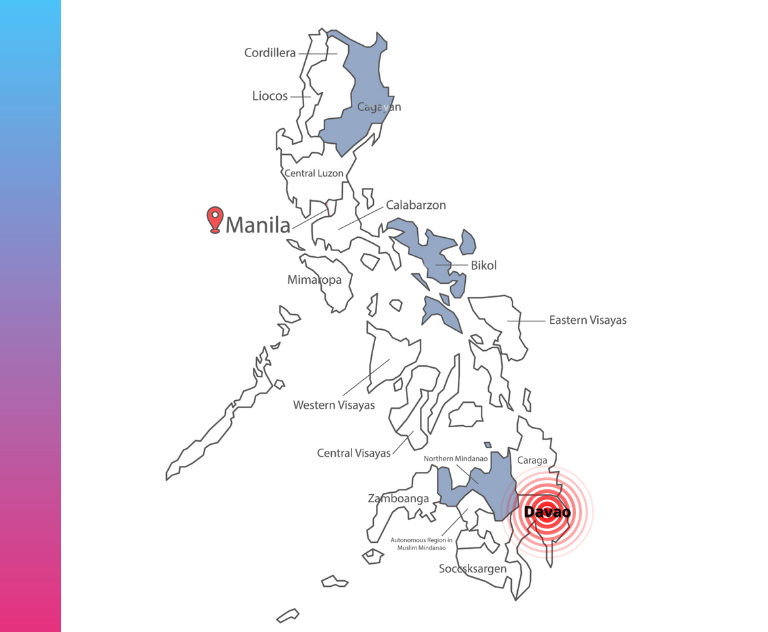Table of Contents
Building a global team offers endless opportunities for growth, innovation, and productivity. But when your company hires employees in another country without having a physical office, onboarding can feel like a challenge.
Cultural differences, compliance requirements, time zones, and the absence of face-to-face interaction all make the process more complex. However, with the right structure and support, you can create a seamless onboarding experience that helps new hires feel connected and empowered from day one.
This guide explores how to onboard international employees successfully, maintain compliance, and build lasting connections, no matter where your team is located.
1. Start With Pre-boarding to Build Trust Early
Onboarding success begins long before a new hire’s first day. Pre-boarding sets the tone for what employees can expect from your organization.
Send welcome materials, company guidelines, and essential documentation in advance. Make sure they understand their benefits, contract terms, and any country-specific requirements such as tax registration or social security contributions.
If you’re managing a remote onboarding process, ensure equipment like laptops and access credentials are shipped and tested ahead of time. Include clear setup instructions and offer IT assistance across time zones.
In LATAM countries such as Mexico, Colombia, or Chile, shipping and connectivity can vary. Planning early ensures employees are ready to start smoothly. Pre-boarding builds confidence and prevents delays that can affect first impressions.
2. Create a Structured and Consistent Onboarding Framework
When onboarding global hires, consistency is key. Every employee, no matter their location, should experience the same core onboarding journey that introduces your mission, values, and company culture.
A 30-60-90-day plan helps ensure a clear roadmap for learning, integration, and feedback. While the framework remains consistent, it’s important to localize certain elements, such as work schedules, national holidays, or legal paperwork.
For example, a team member in Peru may require information about mandatory bonuses like CTS or local paid leave, while an employee in Brazil will need guidance on their 13th-month salary. These local nuances make your onboarding both standardized and relevant.
Using digital tools such as HR platforms, learning management systems, and virtual onboarding sessions helps maintain alignment, even across borders.
3. Foster Cultural Inclusion and Connection
Cultural understanding is one of the most overlooked aspects of global onboarding. Remote employees who work in different regions can easily feel disconnected from the company’s culture or team dynamics.
Incorporate cultural orientation sessions that explain communication styles, teamwork expectations, and company values. Encourage managers to lead icebreaker activities, informal meetups, or virtual coffee chats that help employees bond beyond work tasks.
Assigning a buddy or mentor can make a big difference. A colleague who speaks their language or understands their country’s culture can guide them through the company’s dynamics, policies, and unwritten rules.
In LATAM, where personal relationships often play a vital role in collaboration, creating these human connections helps employees feel part of the team even without a physical office.


4. Ensure Compliance and Clarity From Day One
Compliance is one of the biggest challenges when onboarding international employees remotely. Each country has unique labor, tax, and benefits regulations that employers must respect.
When you don’t have a local entity, managing this can become complex. That’s where an Employer of Record (EOR) becomes essential.
An EOR acts as the legal employer on your behalf. It manages employment contracts, payroll, taxes, and benefits while ensuring compliance with local laws. That means your company can onboard employees in over 100 countries quickly and legally without establishing a physical entity.
Partnering with an EOR like Serviap Global simplifies the process and reduces risks. You can focus on building relationships and team performance, while Serviap Global ensures every new hire is fully compliant and protected under their country’s labor framework.
5. Keep Continuous Communication and Feedback Channels Open
Successful onboarding doesn’t end after the first week. It’s an ongoing process of learning and adaptation.
Schedule regular check-ins with new hires to ensure they feel supported and connected. Use a mix of real-time meetings and asynchronous communication tools to accommodate different time zones.
Ask for feedback about their onboarding experience and what could be improved. Simple surveys or short calls can reveal valuable insights that help refine your global onboarding process.
Maintaining open communication helps detect issues early, ensures employee satisfaction, and fosters long-term retention.
Why a Strong Remote Onboarding Strategy Matters
A well-designed onboarding process improves engagement, productivity, and loyalty. According to global HR studies, employees who receive structured onboarding are 69% more likely to stay for at least three years.
When you operate without a local office, onboarding becomes more than a formality. It’s your opportunity to show care, professionalism, and respect for cultural diversity. Done right, it transforms distance into connection and complexity into opportunity.
Final Thoughts: Make Every Hire Feel Like They Belong
Global expansion doesn’t have to come with administrative complexity. With a solid onboarding strategy, you can make international employees feel as welcomed and connected as if they were working in your main office.
Whether your next hire is in Mexico City, Bogotá, or Santiago, the right onboarding process ensures they start strong and stay engaged.
FAQs About Onboarding International Employees
1. How do you onboard international employees remotely?
You can onboard international employees by using digital tools for communication and documentation, assigning mentors, and following a structured onboarding plan. Partnering with an Employer of Record ensures local compliance and smooth administration.
2. What is the biggest challenge when onboarding without a local office?
The main challenge is managing compliance with local labor laws while creating a sense of belonging. An EOR simplifies compliance and allows HR teams to focus on engagement and integration.
3. Why should companies use an Employer of Record for onboarding?
An EOR allows you to legally hire and onboard employees in foreign countries without opening an entity. It manages payroll, benefits, and contracts while ensuring compliance with local laws.
How Serviap Global Can Help
At Serviap Global, we help companies onboard and manage international employees seamlessly without opening a local entity.
Our Employer of Record (EOR) service takes care of contracts, payroll, and compliance in over 100 countries, ensuring your team is supported from day one.
Hire and onboard your next global team member with confidence. Contact us today.





























